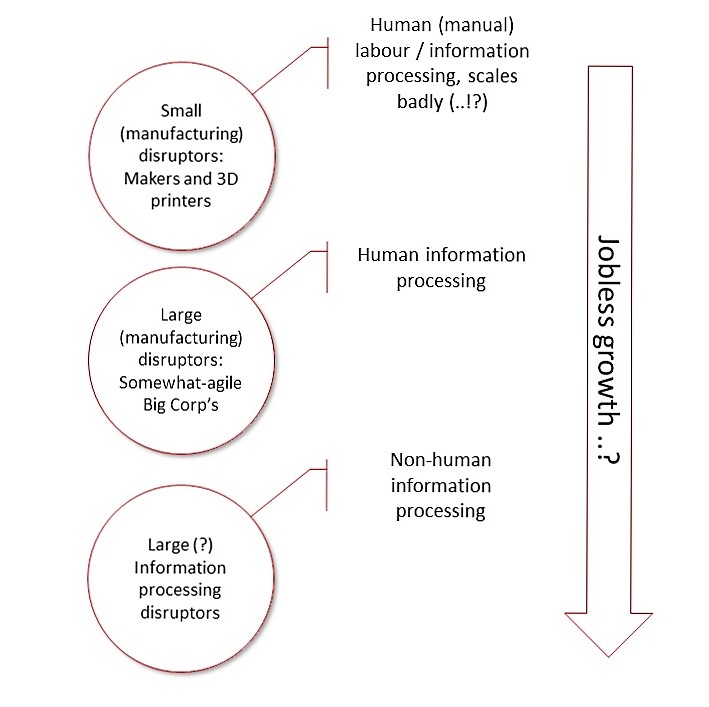As a side note to, e.g. this here masterpiece…:
The tendency of bureaucracies to ever further detail its rulesets, that quickly become so burdensome [apart from other ills, ethically much graver], that is evident wherever (top-down) principles are translated in quasi- (not even semi-) mathematical ways, algorithmically almost, to the level of pervasive implementation, stems from the ultimate control approach to life clashing with the ultimate finest-grain detailed descriptions of the universe. Intentional, and definitely normative, description (in order to control! Man over Nature!) banging heads with extensional description.
Which will petrify, then fail because it creates its own Chaos structure, as described here. Where ‘repairs’ to the System are attempted over and over again since the initial values were not infinitely exactly known, can never be. So, one builds rulesets than behave like fractals (zoomed into), in particular when studied to understand and maybe subsequently fight.
Still, the Why of latter-day Bureaucracies (for once, I tried to avoid the overly negative, accurate and pejorative ethical (and esthetical) qualifications I commonly give to these totalitarian, inhumane structures — the latter qualification because of the Will to un-humanize it all) remains in doubt, as the Man over Nature thing (setting rules, hence achieving predictability) is somewhat less valid than otherwise; a bleak reflection of what we feel is a better description of motive.
[Intermission: Be aware as you were, that the b rulesets might be the spelled-out kind but the unwritten rules- social group kinds are also included.]
Ah, back to Maslow, maybe? Yes,yes, was dissed over the past couple of years; attempted to — and failed, probably due to unawareness of its deep values and not only superficial Meaning. Exceptions, the uncontrolled (by definition, and as the Outside is by definition, too), are threats to the achieved in that pyramid. ..? Though the higher up one is, the better one can handle ambiguity, uncertainty, the unexpected, black swans and Extremistan.
Just wanted to put it down for you. And at at last a somewhat positive turn, I’ll leave you with:

[Royal waiting (room) for Godot (i.e., National Railways everywhere), Amsterdam — notice the almost perfect horizon .. little less perfect but hanging in there … whoops! of the horizontal orientation]




















